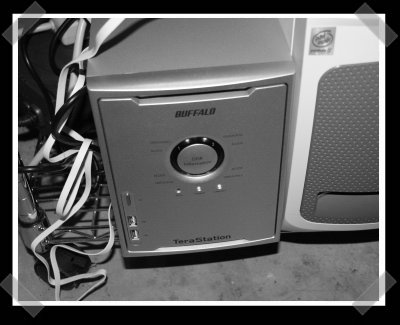
Just a bonus hack in honor of my new toy: a 1GB 1TB buffalo Terastation NAS. These puppies run embedded Linux, and have a decent user base. Mine came with 128MB of ram, four Samsung drives (each with their own IDE bus), RAID support, gigabit ethernet, USB 2.0 and a Motorola Sandpoint cpu. (Putting it on par with my old Powermac 8500) The wiki has instructions for all the the basic hacks. Installing some hacked firmware was pretty easy, and yielded telnet and root access. It has a serial port for UPS control, but there’s a nice clean hack for enabling serial console access instead.
computer hacks1402 Articles
computer hacks
DIY Dvorak Keyboards
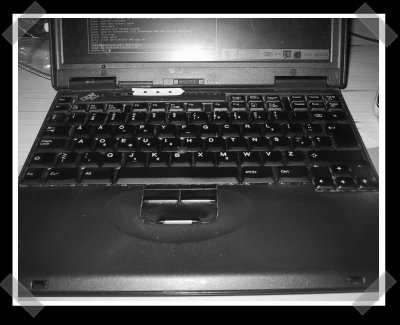
Meet the DIY Dvorak keyboard. I’m feeling nostalgic this week, and I was surprised that we’ve never mentioned this simple, but useful hack. Heresy history lesson: the qwerty keyboard was created to slow down typing – because old typewriters jammed too easily. The Dvorak keyboard is more efficient because the letters that are most often used are positioned closer to the fingers natural position. [Anders] swapped the keys on his Swedish thinkpad, and even customized the map a bit further to his own taste.
Printer Networked Light Control
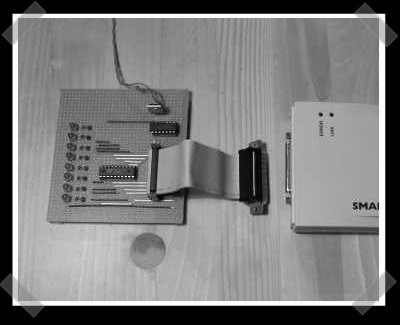
[Andy] sent in his ‘Network Something‘ hack. For his proof of concept, he used a parallel port printer network adapter to create a set of network controllable LEDs. The virtual printer was implemented with a set of shift registers and a set of nand gates. (and a power regulator). Old print servers can be had pretty cheap – my HP $8 on ebay. Definitely an interesting way to get inexpensive network control of your projects.
Note: We’ll be making some server changes today and tomorrow, so comments will be offline for a bit. They’ll be back.
Keybot – Serial Controllable Keyboard Interface
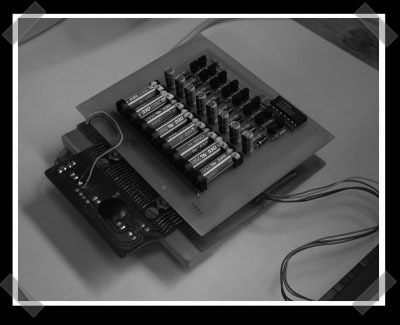
[john] sent in his uncles Keybot project. The device accepts input (a parallel port in this case) and generates standard keyboard output. It allows a computer to create its keyboard input for itself or another machine. Personally, I go for serial consoles, but it’s a good study of our old friend the keyboard. (If legos are more your thing, you could do something like this.)
Reactable: Visual, Interactive Synth
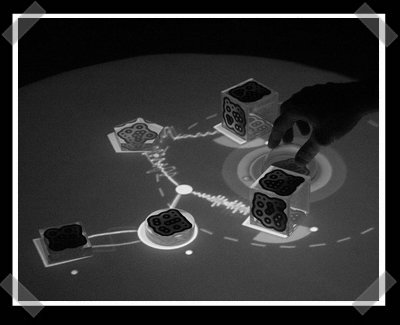
[imajes] brought this sweet project to my attention. The table is reactive thanks to the combination of a projector and a video camera below the surface. The position and unique pattern of each block on the table is used to manipulate the operations of the synth. The software is open source – so you can build your own. (And it’ll run on linux, mac and windows) Check out the videos for a good demonstration. I’m thinking that one of these could be built on a budget using lumenlab/overhead LCD technology.
Optical Recognition LED Control
I probably shouldn’t find this as worthy as I do. It’s the optical recognition equivalent of wiring up a LED to a switch,, but it just appeals to me. [Ashish], one of our favorite optical recognition hackers of late, sent along this product of his boredom. If only he’d give us some source and a wiring diagram…
Got something interesting to share? Visit the tips line.
Watercooled LED Backlit LCD
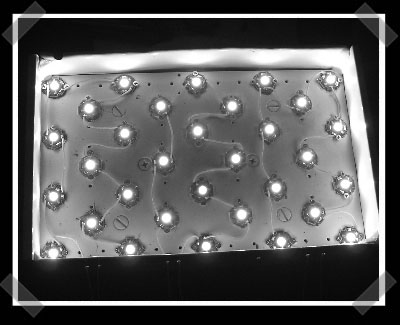
[john] mentioned this on the LCD LED backlight post. Given the date on the posts, I was surprised that we haven’t seen it before. He replaced the CCFL lamp with 32 1 watt luxeon LEDs mounted on a custom copper water cooling block. The result is bright enough to be sunlight viewable in his car.










